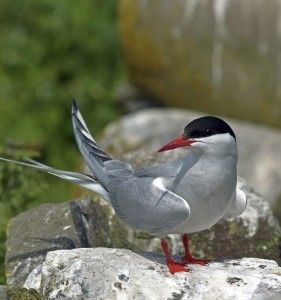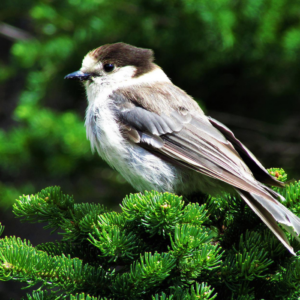The world is lacking on the protection of migratory birds
It is said that more than 90% of the world’s migratory birds are inadequately protected due to a lack of coordinated conservation efforts across the globe.
A new study recently came out in Science calling for a higher level of collaboration around the world to help save migratory birds, as many of them are at risk of extinction.
The research had indicated huge gaps in the conservation of these birds since some countries have ranges well covered by protected areas and while others do not. From the 1,451 migratory bird species, it was said that 1,324 of them have improper protection in at least one part of their migratory journey. Two species were even indicated as having no protection whatsoever!

As a result, there has been a major impact on the populations. Half of migratory bird species are experiencing a significant drop in population, and they have been for the last 30 years. These bird species rely on the various habitats in each country for breeding, food, and rest so it is key to ensure that they have the appropriate protection.
So just how far do migratory birds travel? The Arctic Tern may be the one that is most noted for the distance it travels. It is said that in their lifetime, the Arctic Tern flies the equivalent to the moon and back three times. Other birds such as the Blackpoll warbler flies three days nonstop from eastern Canada all the way down to South America! This goes to show how important these areas are and the great length they go through to get there.
For 75 years, Nature Canada has worked to protect habitat for species at risk in Canada and internationally. Nature Canada is the Canadian co-partner in Birdlife International and implements the Important Bird and Biodiversity Area program with BSC and regional partners. With our work in this program, we want to preserve birds and their habitats so that we can continue to learn more from these feathered creatures.
Read the full article from Birdlife International.





